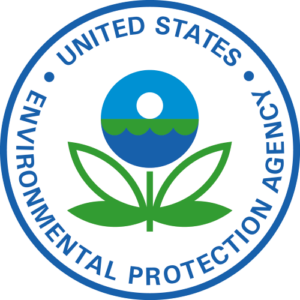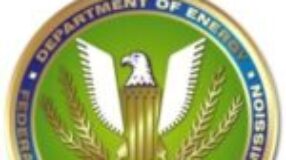
INGAA’s comments to the EPA’s ANPRM are in large part founded on the collective experience, knowledge, and expertise of its constituent members. Altogether, INGAA’s membership represents many decades of practical, hands-on experience dealing with those isolated segments of the interstate natural gas transmission system that were impacted by PCBs. While there is well-settled information in the public domain regarding the behavior of PCBs in natural gas pipelines establishing that they do not pose an unreasonable risk of harm, INGAA has asked several prominent experts to develop “White Papers” to supplement its own knowledge and experience and to help explain why the elimination of the use authorization or lowering the standard for PCBs in pipeline systems is a technical and economic impossibility. INGAA adopts and appends these white papers to its comments.
· Pipeline Knowledge & Development, under the primary authorship of Thomas Miesner, has prepared a paper entitled The Interstate Natural Gas Transmission System: Scale, Physical Complexity, and Business Model. This paper explains the complex, highly contained and highly regulated nature of the interstate natural gas pipeline system. By reviewing the complexity of the fundamental elements of the pipeline system, the paper demonstrates why, short of component replacement, purging PCBs from the system is technically impossible. It also discusses the very limited number of potential access points to the transmission system, which do not result in an unreasonable risk to health or the environment.
· S.S. Papadopulos & Associates, Inc., under the primary authorship of Dr. Remy Hennet, has prepared a paper entitled PCBs in the Interstate Natural Gas Transmission System – Status and Trends. Dr. Hennet reviews the relevant history of PCBs and their use in interstate pipeline systems and discusses the way in which PCBs can migrate within pipelines. The paper also documents the transmission industry’s extraordinary success in removing PCBs and reducing PCB concentrations from the system since the 1980s, and establishes that the effectiveness of decontamination efforts ultimately is limited since low-levels of PCB residuals can never be purged completely from the system. By establishing the substantial and continuing reductions in PCBs achieved under the CMP and the Mega Rule, Dr. Hennet’s paper supports the proposition that the current use authorization for PCBs in natural gas pipelines does not require revision.
· Exponent Inc. has prepared a paper, primarily authored by Charles Menzie et al., entitled Risk Assessment and Risk Management of PCBs in Gas Transmission Lines. Exponent’s paper focuses on the limited exposure risk to pipeline employees, the group most directly affected by the presence of PCBs in natural gas pipelines, demonstrating that the risk of exposure has declined over time, ultimately is negligible and that the current use authorization adequately protects the health and the environment.
· ENVIRON International Corp. has prepared a paper, authored by Michael Scott, entitled White Paper on EPA’s Proposed Changes to the Use Authorization for PCBs in Air Compressor Systems: A Natural Gas Transmission Perspective. The paper examines the use authorization currently in place for air compressor systems used in natural gas pipeline operations, establishing the industry’s historic compliance with past and present decontamination protocol and the technical infeasibility of increasing the stringency of required decontamination efforts. The paper also notes the potential cost to remove and replace entire compressor systems and demonstrates that the continued presence of PCBs in these systems does not present an unreasonable risk to health or the environment.
· Analysis Group Inc., with Drs. Susan Tierney and Robert Earle as the lead authors, has prepared a paper entitled The Costs of Compliance to EPA’s Advance Notice of Proposed Rulemaking on the PCB Use Authorization for Interstate Natural Gas Pipelines. Dr. Tierney recently was appointed by Secretary of Energy Steven Chu to serve on the Secretary of Energy Advisory Board, and in that capacity she will advise the Secretary on economic and national security policy, among other issues. The Analysis Group paper reviews the microeconomic effects that would result if the EPA were to revise the use authorization for natural gas pipelines as contemplated and concludes that the effect on the natural gas pipeline industry would be severe and the associated costs also would adversely impact industrial users, local distribution companies, and power plants.
The presence of PCBs in certain segments of the natural gas transmission system, as currently managed under the Mega Rule, does not pose an unreasonable risk to health or the environment. The magnitude of any potential exposure is de minimis, and the economic consequences of eliminating the use authorization would cripple the natural gas industry and severely impact its ability to deliver gas to markets throughout the country. The inability of the natural gas industry to meet its deliverability obligations is inconsistent with our Nation’s energy, security and climate change policies. The EPA previously acknowledged that the risk factors associated with PCBs in natural gas pipelines do not justify the anticipated burden on industry or society, and the EPA has not presented any justification to amend its prior position. Accordingly, the EPA must maintain the current use authorization for the natural gas pipeline system at the present regulatory standard of 50 ppm.







